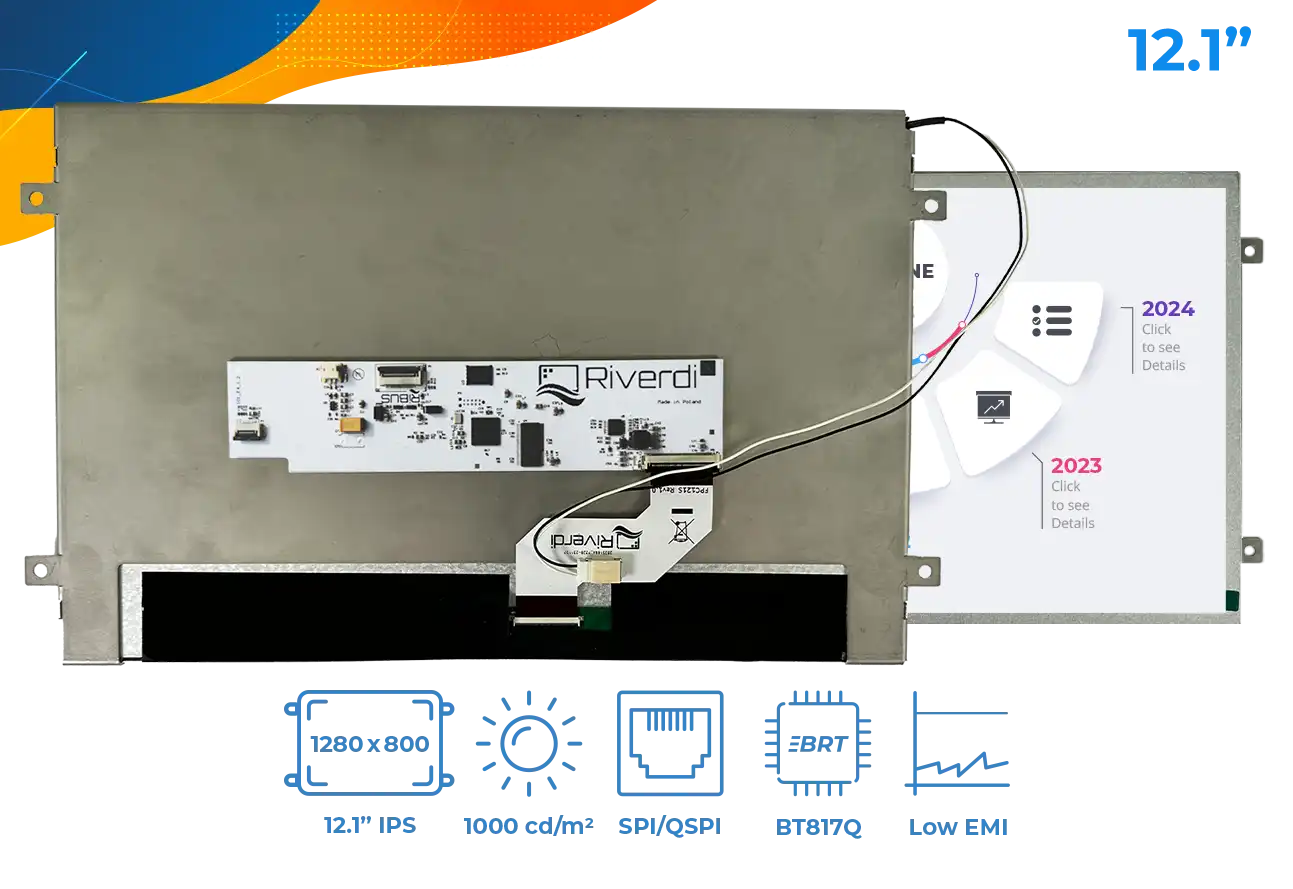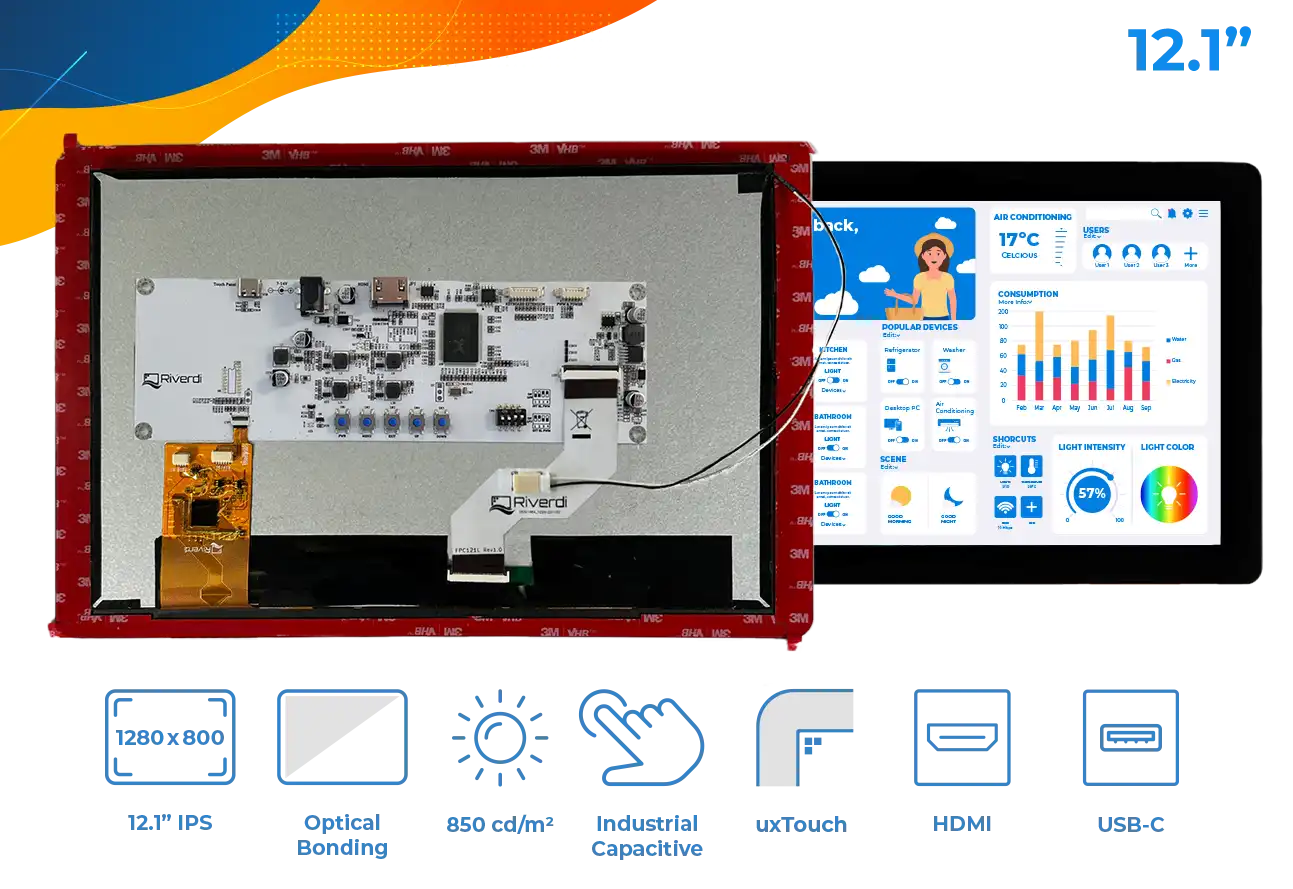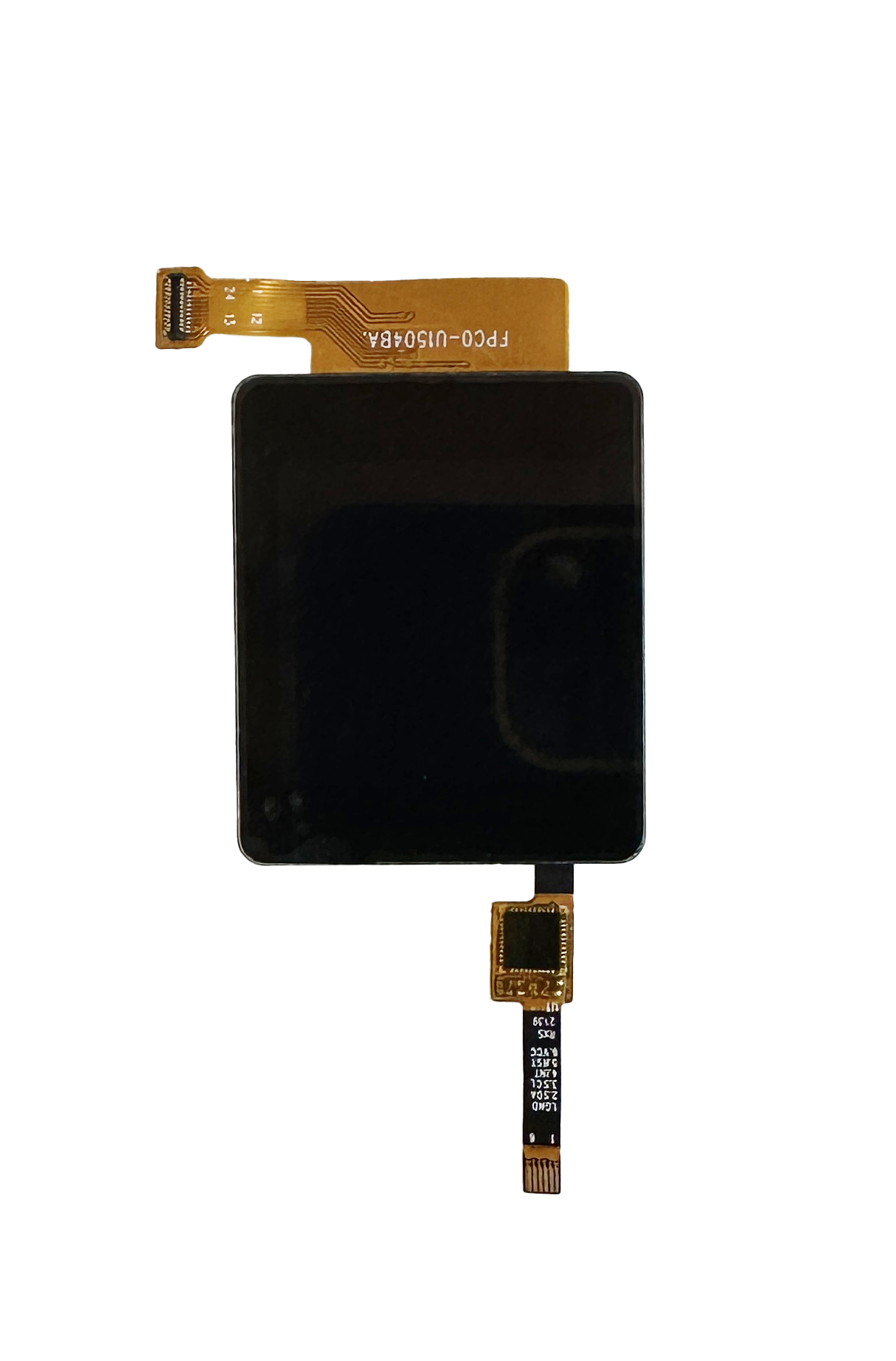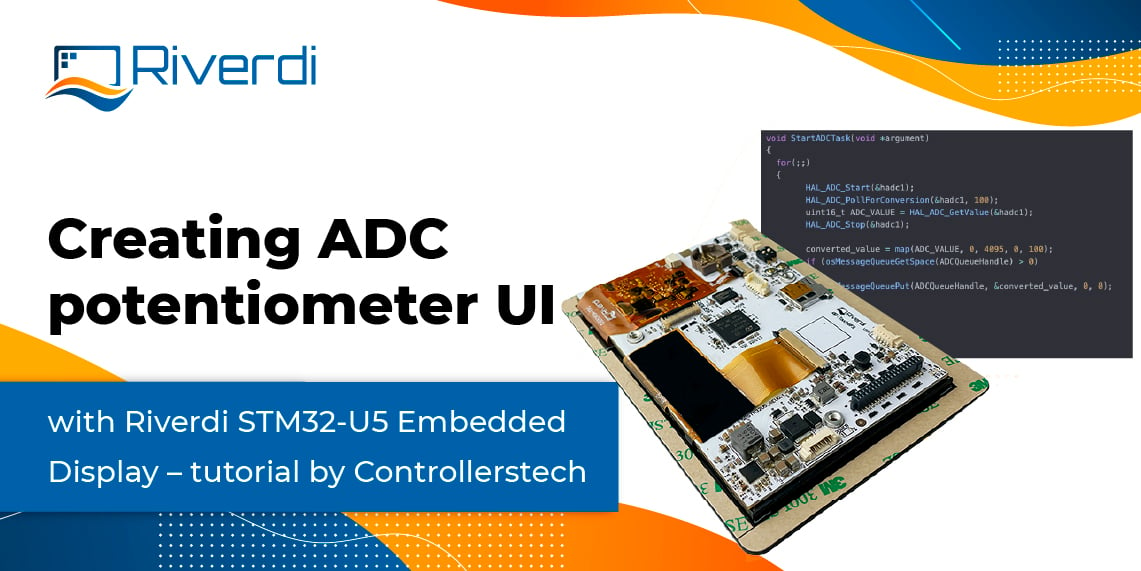In this Display 101 article, we’ll teach you how to protect your display against ESD damage.
A cracking sweater, hair that sticks straight out from your head, a small electric shock from a door handle. We are all familiar with the discharge of static electricity. This phenomenon is called ESD or electrostatic discharge.
ESD is a sudden flow of static charge from one object with a higher charge to an object with a lower charge. The contact or separation of materials is the main reason ESD is generated. This is called turbocharging.
Materials used in electronics and other clean-room environments are excellent insulators that can create and hold very high levels of static charge for long periods of time. When ESD happens, negative electrical charges are picked up and distributed across the entire surface of the object. If contact is made with another conductive object or with the ground, this charge suddenly flows off.
A spark or a flash of voltages over 10,000 volts can easily arise in the modern workplace. While this would pose no danger to people, it could be the end of electronic devices.
Due to the dielectric nature of electronics components and assemblies, devices are becoming more and more sensitive to ESD. The extremely thin conducting paths in active electronic components like ICS are often unable to withstand the high ESD.
Furthermore, ESD damage is typically not visible. However, if it occurs, it could still affect the reliability and operational life of the product.
Main reasons for damage caused by ESD on displays
The following are the main reasons for damage caused by ESD on displays:
- Electrostatic adsorption of dust reduces the insulation resistance of components to shorten life.
- Electrostatic discharge (ESD) damage, causing electronic components to fail.
- The electromagnetic field generated by electrostatic discharge has a large amplitude and a very wide spectrum. Such static noise and electromagnetic interference make the electronic device unable to work normally or even be damaged.
The main factors causing static electricity
Table 1-1. The main factors causing static electricity
| Factors | Relations |
| Contact area | Bigger contact area, higher static electricity |
| Pressure | Greater contact area, higher static electricity |
| friction | Friction contact area, higher static electricity |
| humidity | Higher humidity, small static electricity |
ESD occurs at any stage in the production, transportation, and installation of LCD display screens. Due to improper operation, products are punctured by static electricity, causing potential damage to LCD display products.
To minimize the harm of static electricity to the LCD display, manufacturers, distributors, and customers need to strictly follow the standard during production, transportation, and use.
Ways to protect the display against ESD
Environment control
- Control the humidity of the working environment.
Especially in autumn and winter, static electricity is easy to generate in dry weather. In a dry environment, the static electricity could arise thousands of volts, even tens of thousands of volts. However, such devices that have good hygroscopicity are difficult to generate ESD. So a proper humidity control on the working environment is effective to protect the display from the ESD damages. The suggested humidity is around 60%. - Establish an anti-static work area.
Use an anti-static floor, anti-static workbench, anti-static grounding lead, and anti-static appliances when the assembly is implemented. The ESD protection workbench should maintain the device and ground equipotential.
Figure 1-1 Example of an ESD- PROTECTION AREA (EPA)
Personnel regulations
People are the main source of static electricity, so if that person is not grounded, the risk of the damage is very high.
When assembling the sensitive electronic components, it is important to check the ESD protection of personnel.
A wrap strap is the most effective way to avoid the damage from ESD. The worker is grounded by the wrap strap. At the same time, it is also important to wear ESD clothing before entering the work area.
Design of the display circuits
Special design on the input and output pins of the display is important to prevent the devices from ESD damages. You could design a specific electrostatic circuit to discharge extra electricity by conducting ground. For example, adding transient-voltage-suppression (TVS) diode between VDD and ground or grounding the mental housing of the display.
Packaging and transportation
ESD sensitive equipment should be stored in anti-static bags or containers at all times during daily operations, such as shipping and WIP inventory. When transporting this kind of equipment Conductive wheels or towing chains should be grounded.
Figure 1-2 The anti-static foam box and anti-static bag
ESD protection from clients
Customers and engineers also need to strictly follow the anti-static operation when installing the display module and do not directly contact the core electronic components of the product without any precaution.
When you’re mounting the display module, please ground the steel structure as well.
In conclusion:
- Treat all components as static sensitive devices.
- Never touch-sensitive components without grounding.
- All instruments and equipment related to the display must be grounded.
- The ESD protection workbench should maintain the device and ground equipotential.
- The wristband and shoe cover should be tested every day to ensure that the parameters are met.
- Static insulation materials cannot be placed freely in the safety zone.








































